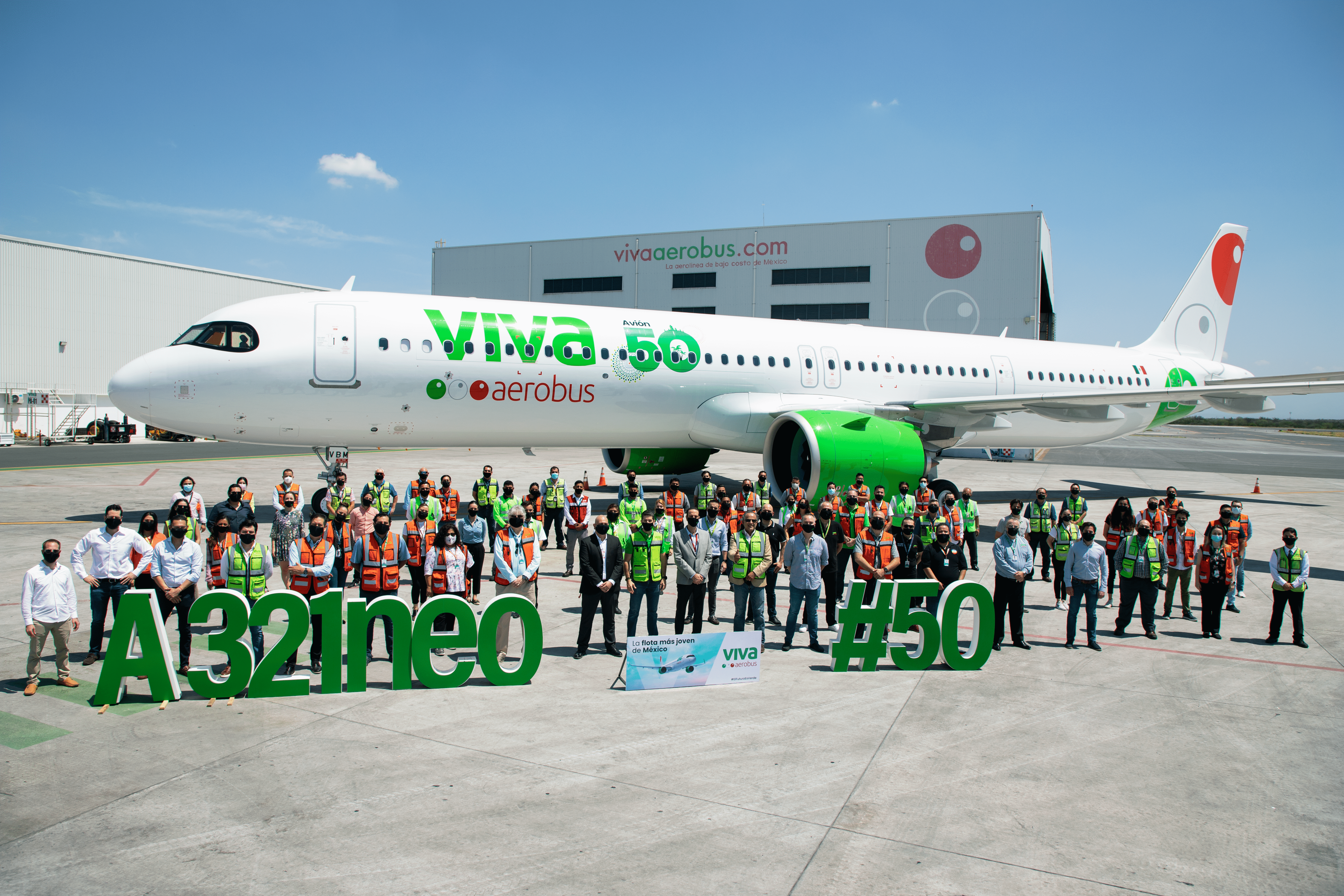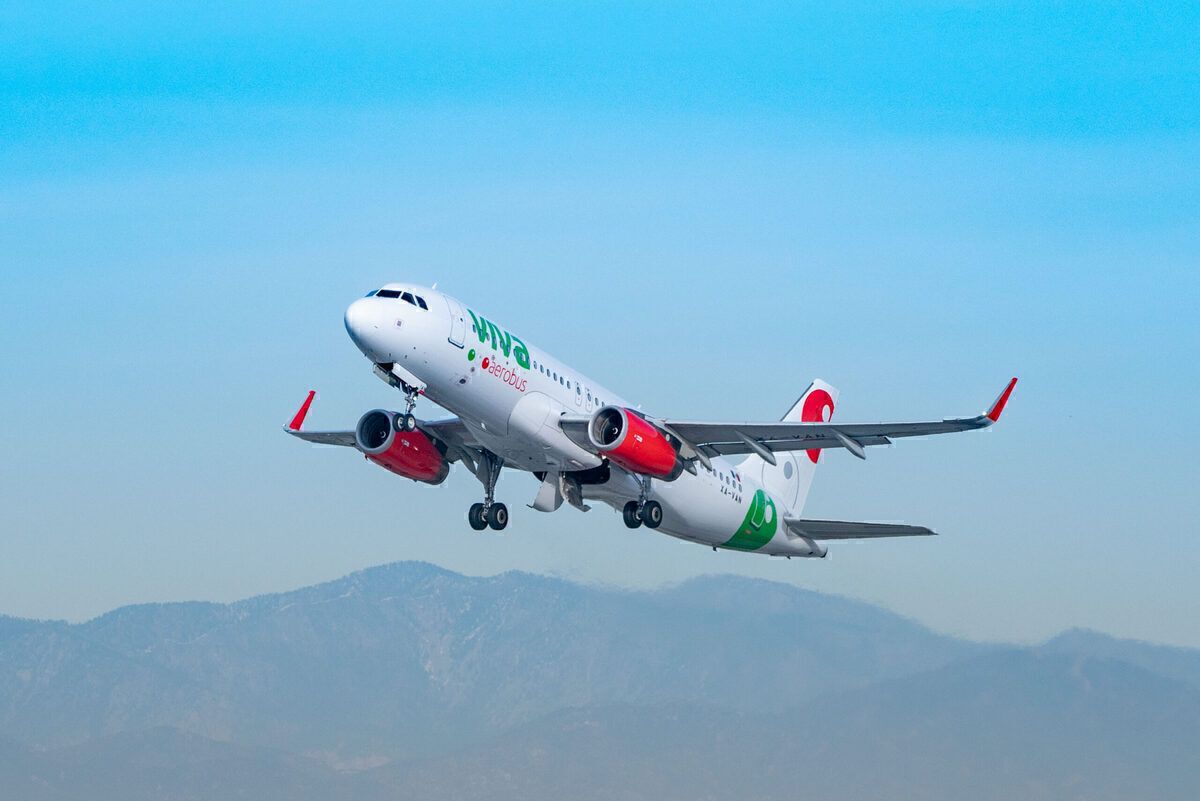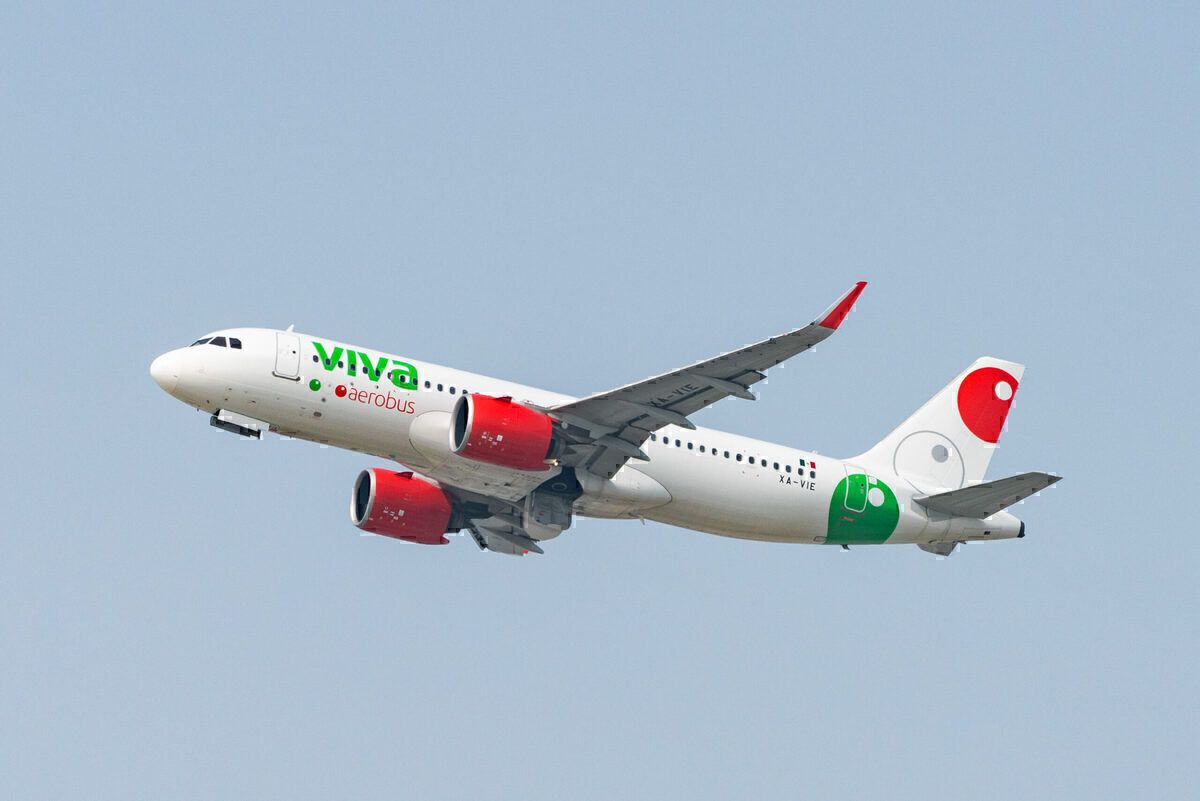This week, the Mexican low-cost operator Viva Aerobus received its 50th aircraft, an Airbus A321neo, registration XA-VBM. The new airplane is part of Viva Aerobus’ plans to nearly double its fleet in the next five to six years. Let’s investigate their plans further.
The new plane
On July 31, 2021, Viva Aerobus took delivery of the A321neo, registration XA-VBM. The plane came directly from Hamburg, Germany, with stopovers in Keflavik, Iceland, and Bangor, United States.
Juan Carlos Zuazua, Viva Aerobus CEO, said,
“The arrival of our fiftieth plane is a symbol of the compromise we have with affordable air connectivity in Mexico. It is also an acknowledgment of our ultra-low-cost business model and our fleet expansion plan.”
This A321neo has a capacity for 240 passengers and will allow Viva Aerobus continuous growth for the next few years. So far, the low-cost airline has carried 6.4 million passengers, a 19.39% growth compared with 2019 levels. It has also posted a minimal first-half profit, coming back to the black following the COVID-19 pandemic crisis.
Stay informed: Sign up for our daily and weekly aviation news digests.
More A320 aircraft coming up
Currently, Viva Aerobus has a fleet of 50 aircraft and an average age of 4.4 years. This means Viva has the most modern fleet in Mexico and the second in North America.
The Mexican carrier expects to increase the number of airplanes it has in the following years.
According to Juan Carlos Zuazua, Viva Aerobus will receive up to 40 new planes in the next five to six years. If the airline doesn’t retire any older airplanes, it could have up to 90 jets by 2026. According to ch-aviation, Viva’s A320 and A321ceo fleets are 7.7 and 7.6 years old.
The company stated,
“This fleet expansion plan brings the carrier the necessary backup to deal with the growing demand it has had recently, even in the midst of a challenging environment worldwide. Viva Aerobus is leading the sector recovery, surpassing its pre-pandemic passenger levels.”
New routes, to where?
Despite the COVID-19 pandemic, Viva Aerobus has been growing. The Mexican low-cost carrier closed 2021’s second-quarter operating 133 routes. It has 104 domestic flights and 29 international.
During the first half of 2021, Viva Aerobus launched ten new routes, including five international. It started operations between San José del Cabo and Cincinnati; El Bajío and Houston; El Bajío and San Antonio; Harlingen and Monterrey, and Bogotá-Mexico City.
But the carrier isn’t quite done yet. Viva Aerobus plans to continue growing both domestically and internationally.
In Mexico, there’s still a gap left by Interjet, so the domestic airlines are still developing new routes to fill it.
Abroad, Viva Aerobus faces the challenge of not being able to grow into the United States. Mexico currently has a Category 2 safety rating by the Federal Aviation Administration, meaning Viva Aerobus and other Mexican airlines can’t add new routes, frequencies, and planes into this country.
Nevertheless, Zuazua left open the question that Viva may launch new flights to North America, Central, and South America. Some of these new routes could open up in January 2022, so it will be interesting to follow Viva’s developments.
Would you like to fly onboard Viva Aerobus’ A321neo fleet? Let us know in the comments.



